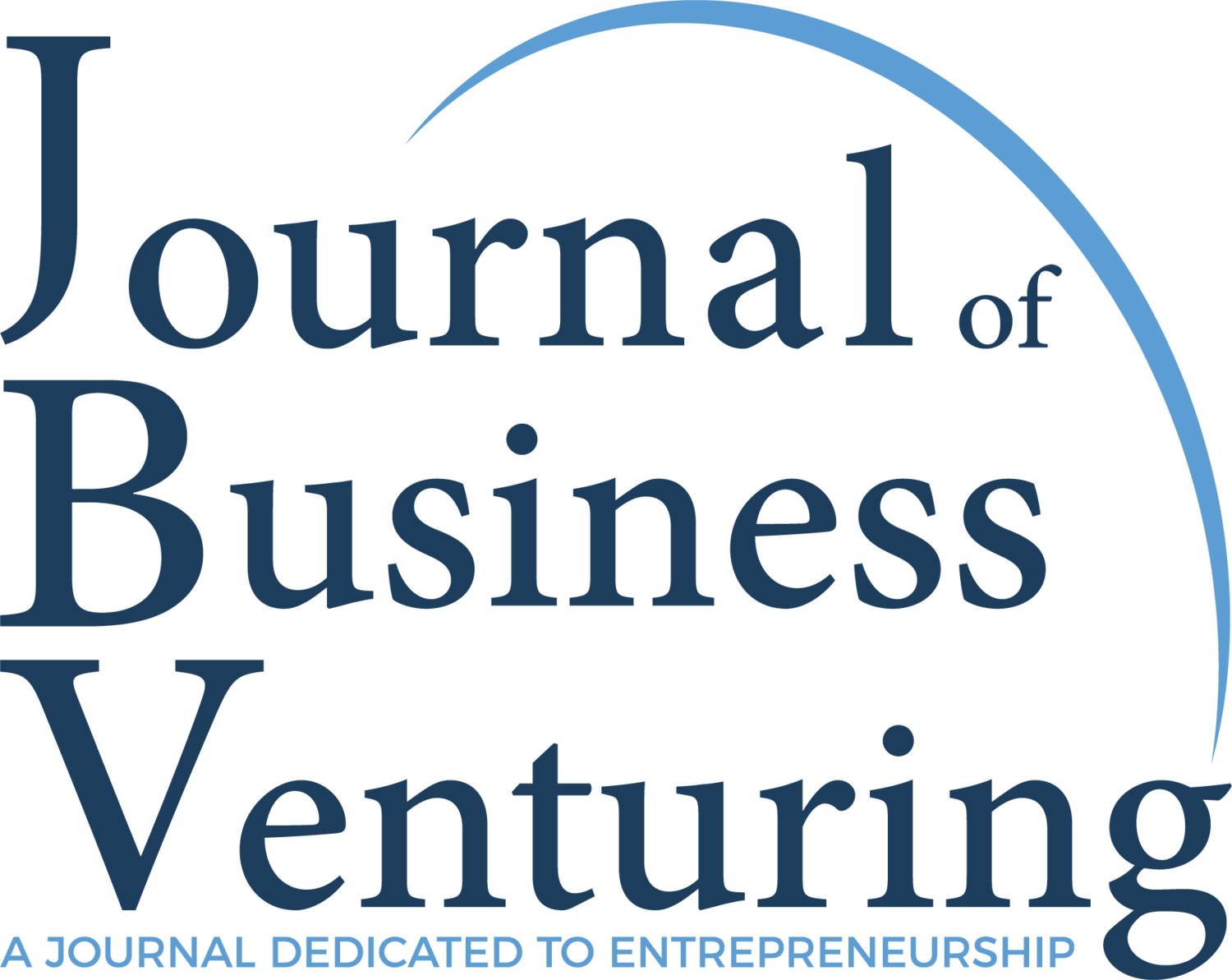Career Patterns in Self-Employment and Career Success
Research Paper Title:
“Career patterns in self-employment and career success”
Authors:
Koch, Michael (University of Kent)
Park, Sarah (University of Kent)
Zahra, Shaker A. (University of Minnesota)
Background:
Most individuals do not remain self-employed for their entire careers. They frequently switch between self-employment, paid employment, unemployment, and other career states. While prior research has viewed entry or exit from self-employment as isolated events, this article looks at the entire working life of an individual. The study of entire working life results in a better understanding of self-employment and how it relates career success of individuals.
Methodology:
Sample: German Socio-Economic Panel (SOEP) data on individuals who acquired self-employment experience and submitted data to SOEP every year between 1991 and 2016.
Sample Size: 206 unique individuals with 26-year long careers
Analytical Approach: Sequence analysis using R and TraMineR package
Feasible Generalised Least Square (FGLS) regression
Research Questions:
(a) Will objective career success be higher in persistent self-employment compared to intermittent and mixed self-employment career patterns.
(b) Will job satisfaction be higher in persistent self-employment compared to intermittent and mixed self-employment career patterns.
(c) Will life satisfaction be higher in persistent self-employment compared to intermittent and mixed self-employment career patterns.
Results:
Four distinct career patterns for self-employment emerged from the analysis. These patterns are 1) mixed self-employment (with no dominant employment state), 2) intermittent self-employment (short self-employment compared to paid employment), 3) necessity self-employment (with long spells of unemployment), and 4) persistent self-employment. The analysis of SOEP data further revealed that objective career success, job satisfaction, and life satisfaction will all be greater for persistent self-employment compared to all other career patterns. This is primarily because self-employed people accumulate relevant knowledge, social networks, and other resources that help them be more successful over their entire careers.
Gross labor income for persistent self-employed is 18.9% and 12.6% higher compared to intermittent self-employed and mixed self-employed respectively.
Job satisfaction for persistent self-employed is 0.195 (0.10 standard deviation) and 0.396 (0.20 standard deviation) higher on a 0-10 scale compared to intermittent self-employed and mixed self-employed respectively.
Life satisfaction for persistent self-employed is 0.180 (0.11 standard deviation) and 0.245 (0.15 standard deviation) higher on a 0-10 scale compared to intermittent self-employed and mixed self-employed respectively.
Conclusion:
Self-employment is not an end state for individuals. Individuals switch between paid employment, unemployment, and self-employment throughout their careers.




